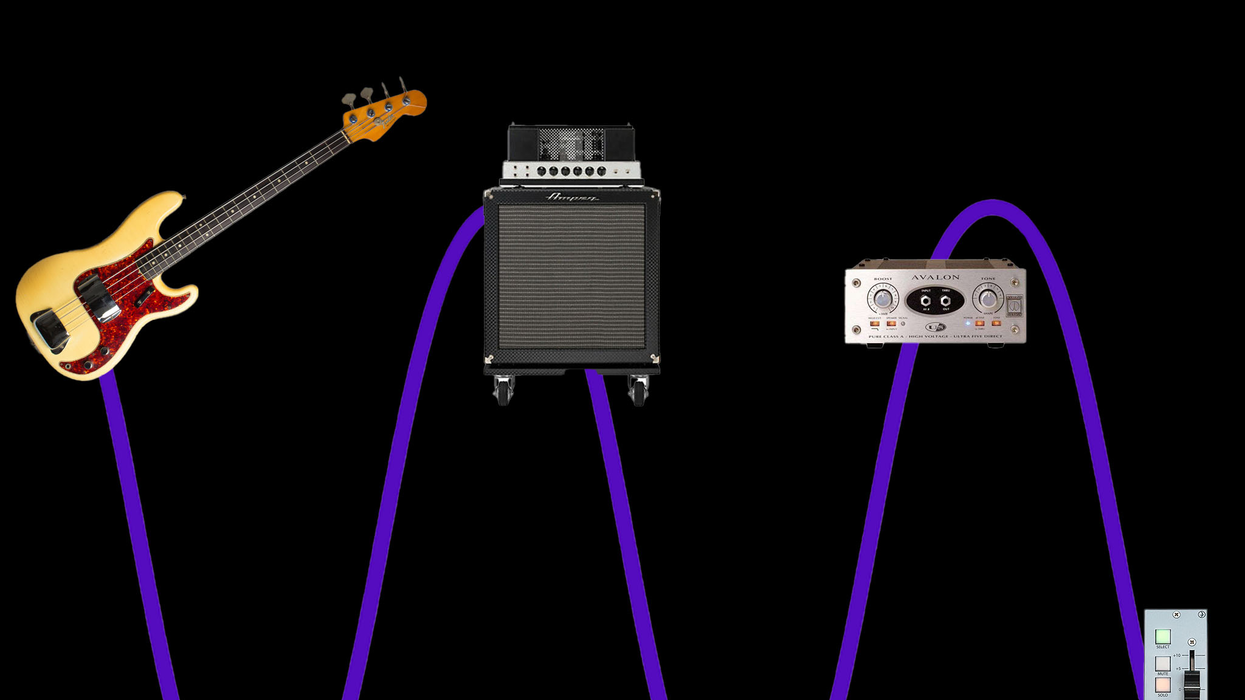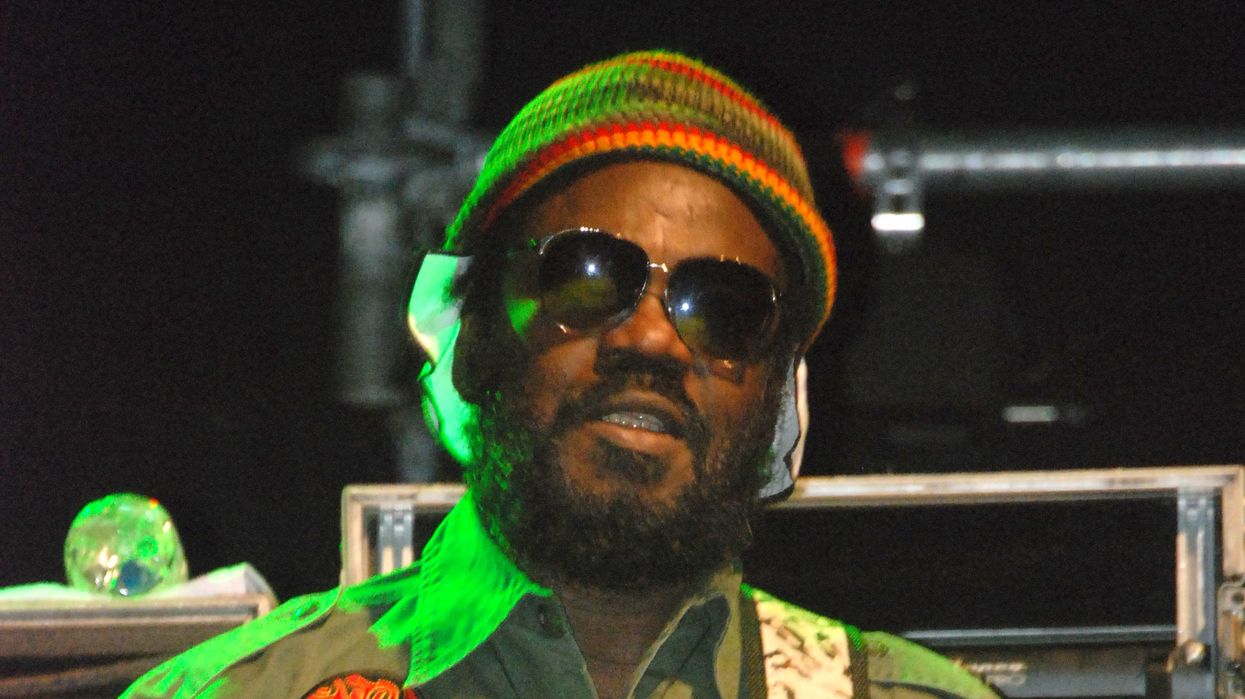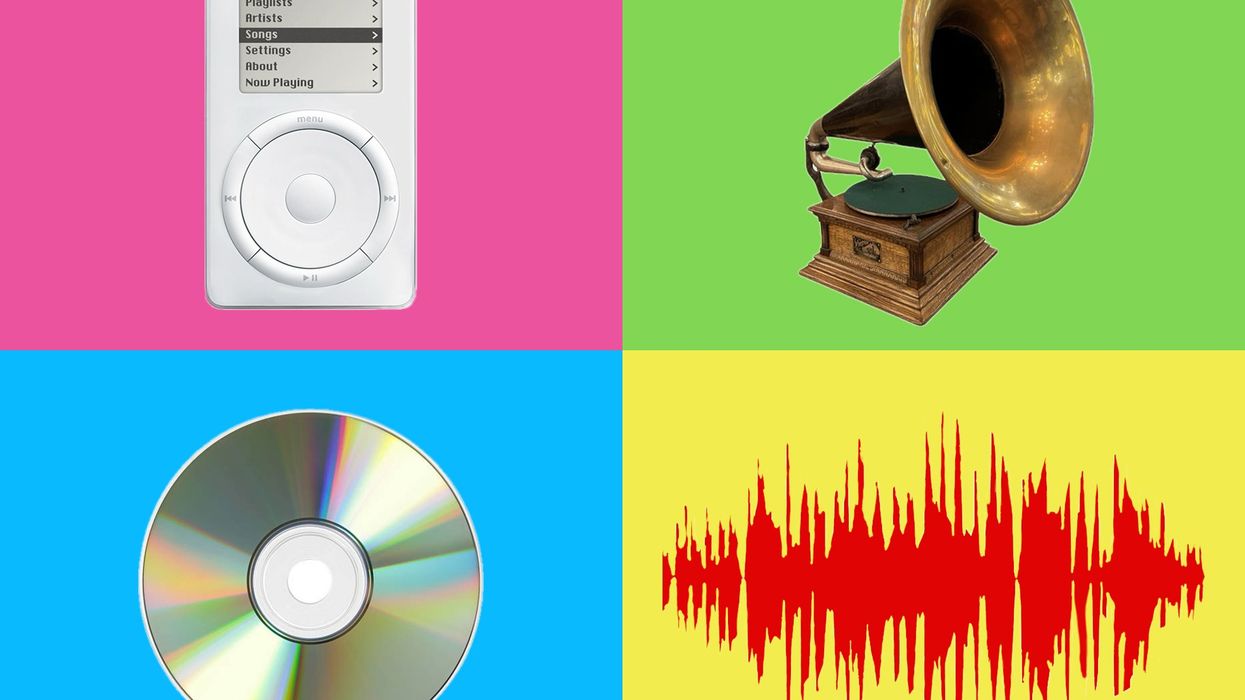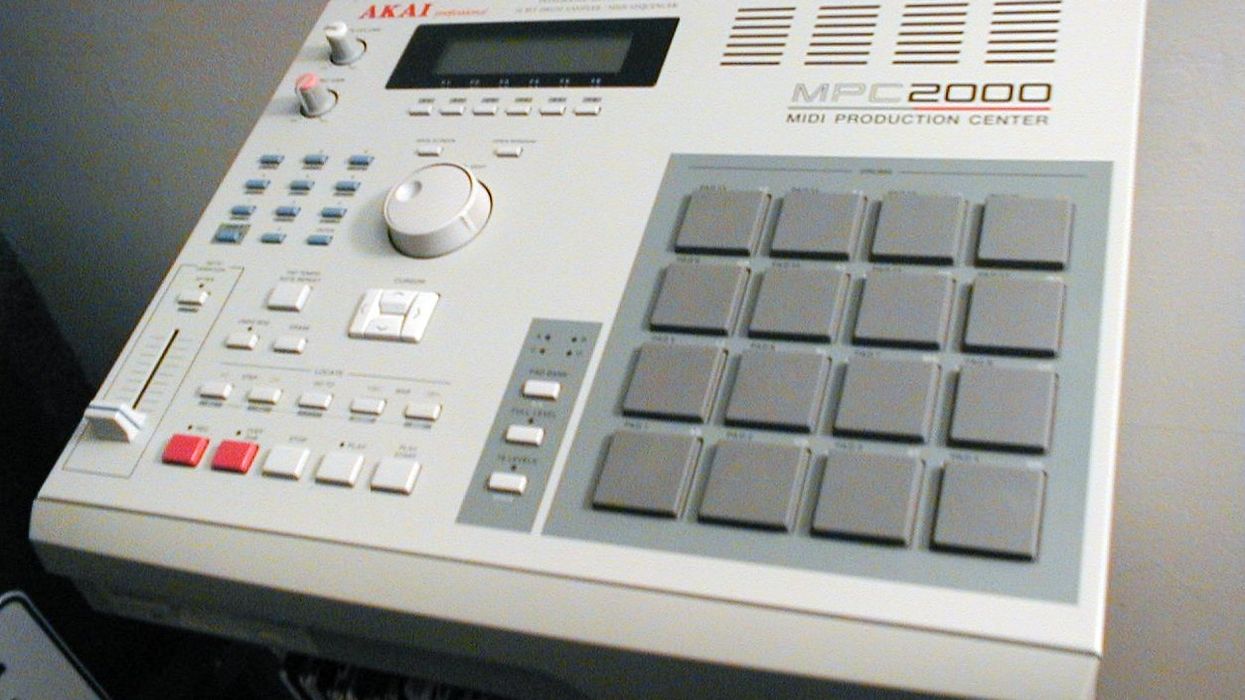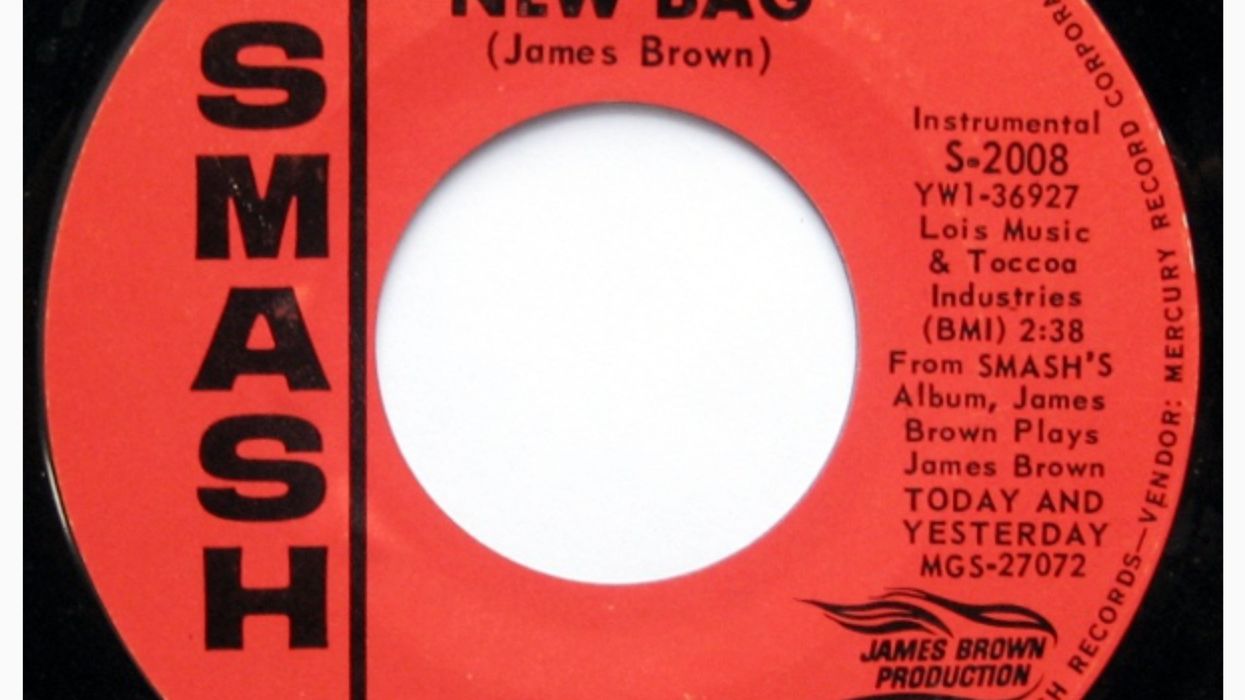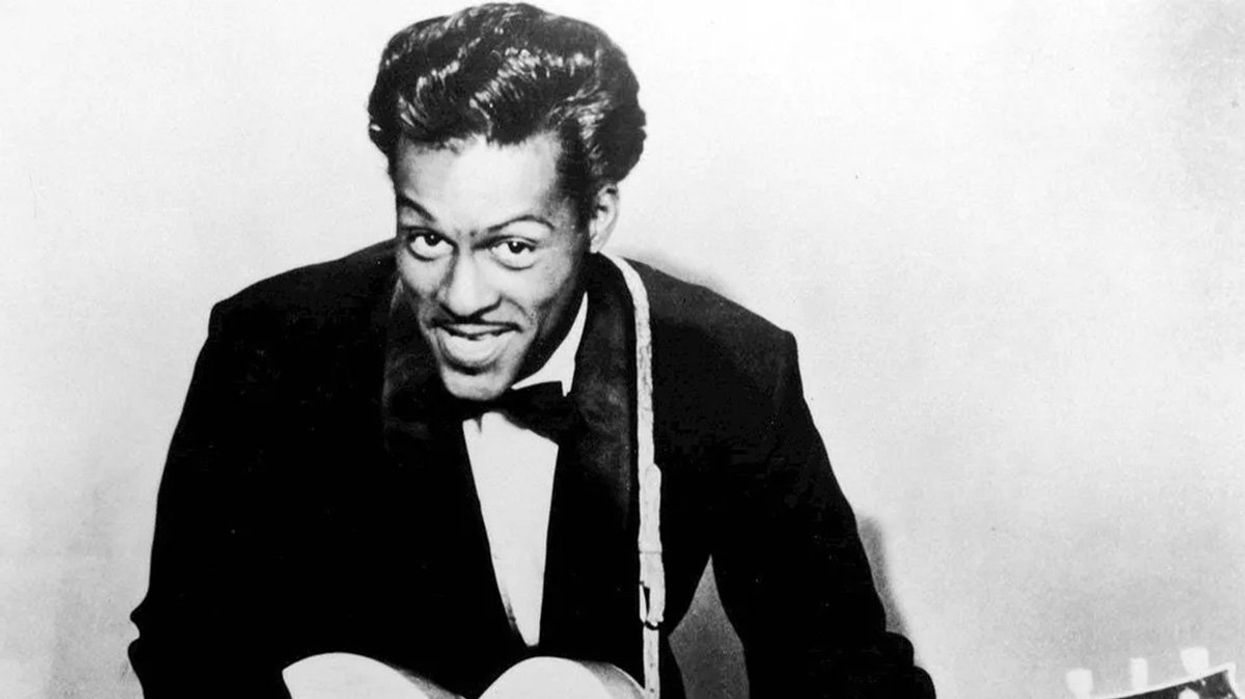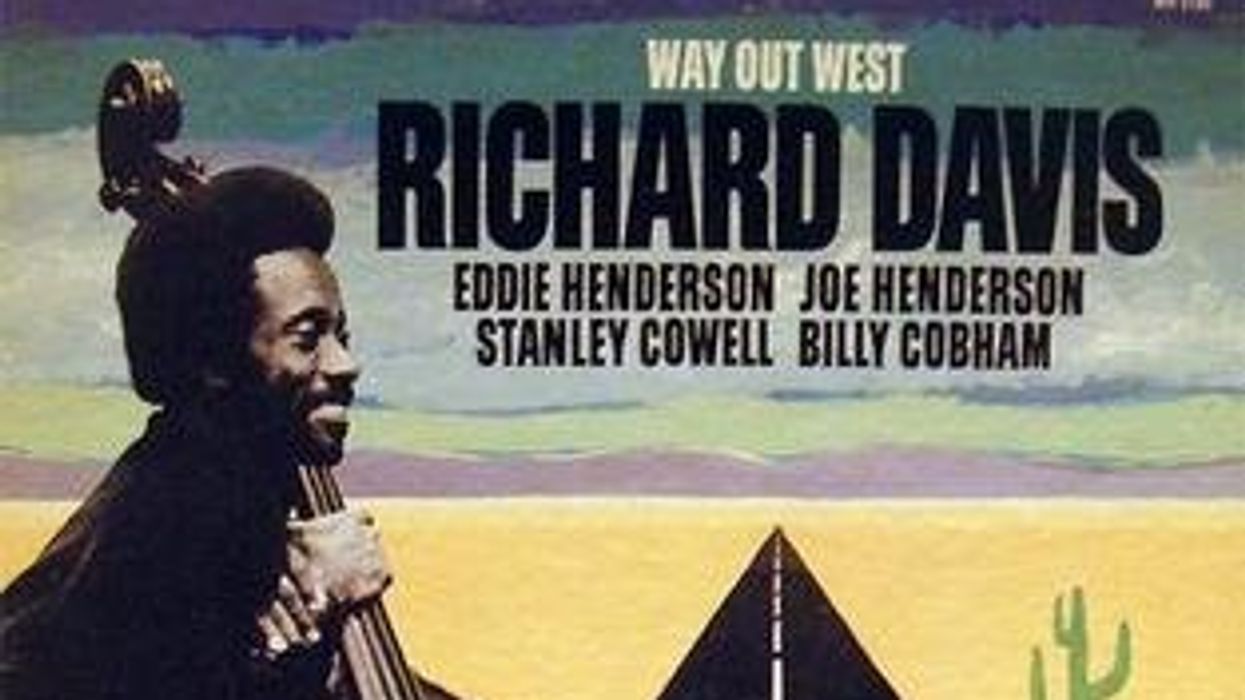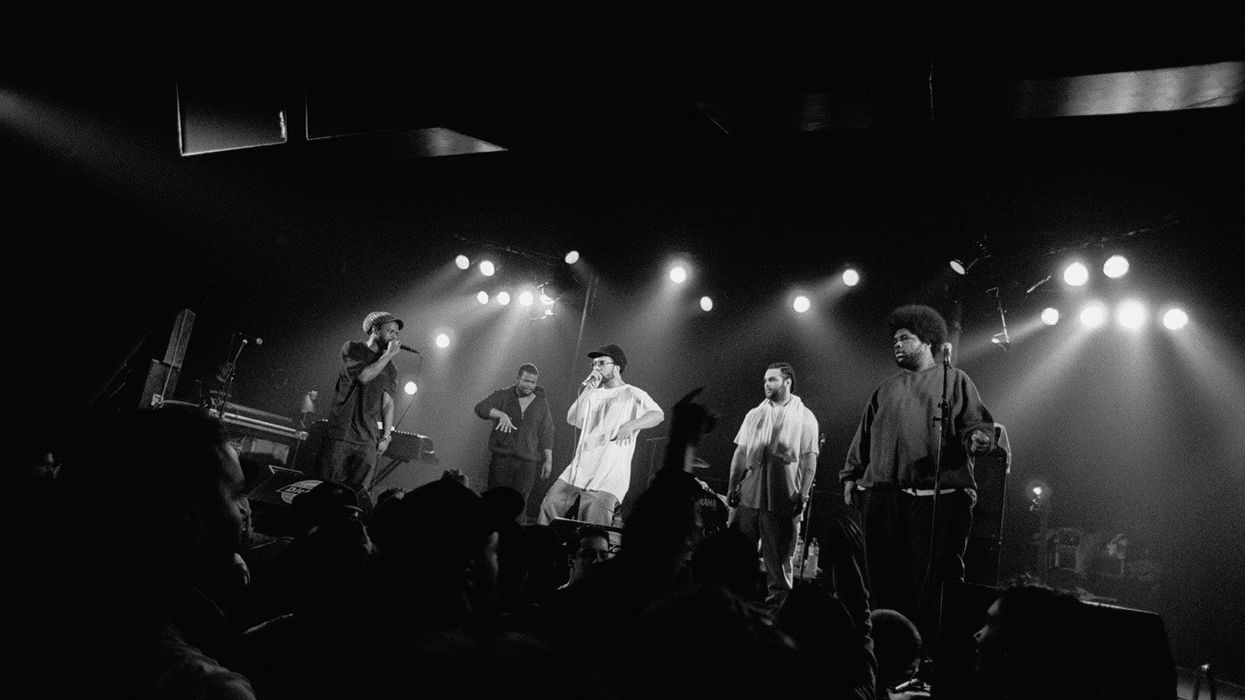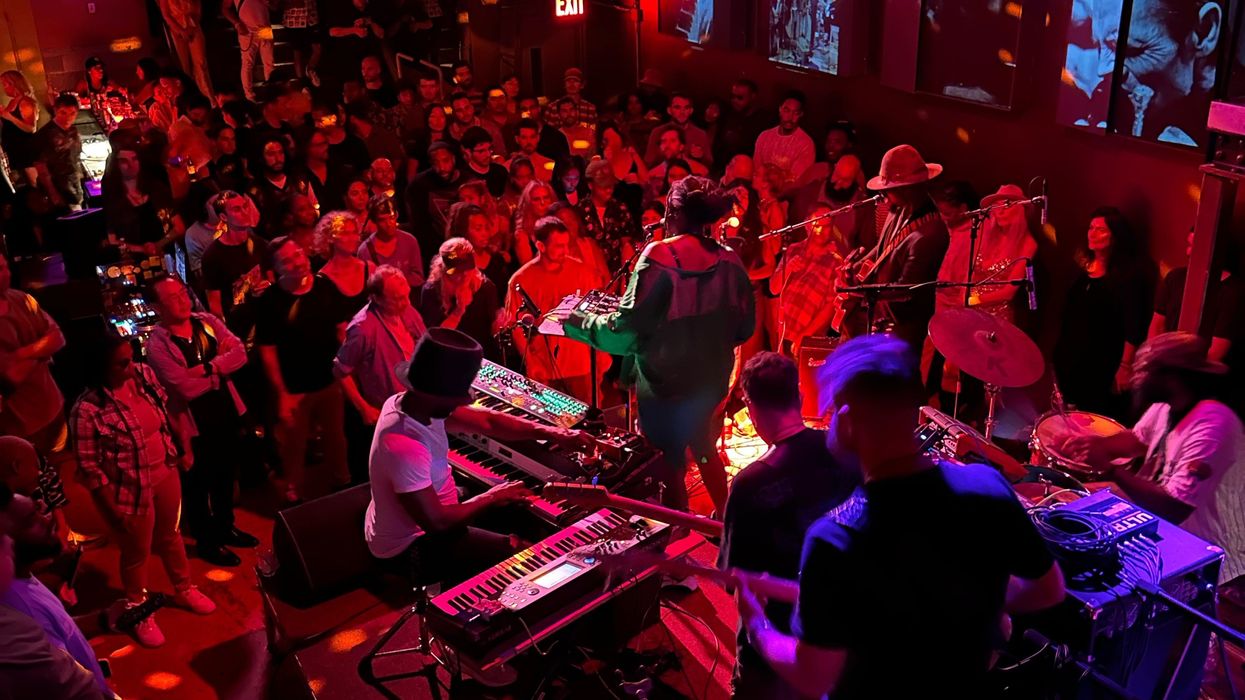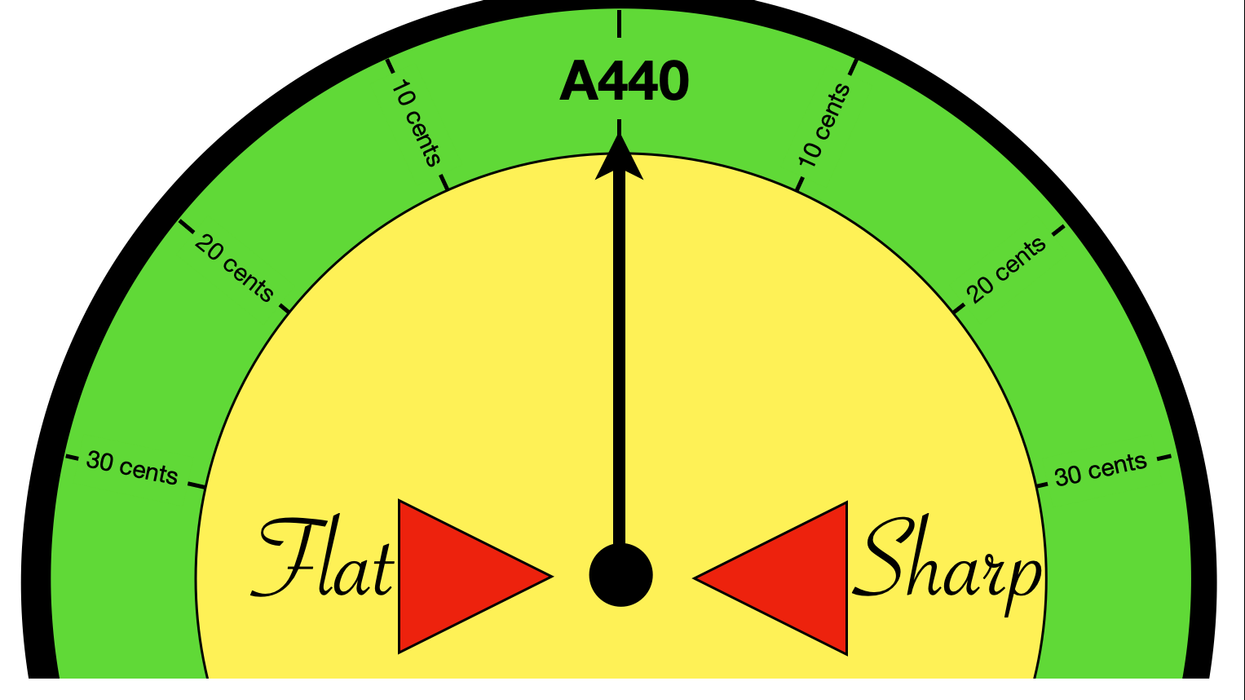How can we consider “the perfect bass tone” when there are, at a minimum, millions of players, thousands of styles of music, countless bass and amp combinations, and, throughout it all, the idea that individualism and self-expression are key? Do all great singers really have something in common? From Billie to Beyoncé, we’ll always find fanatically loyal listeners who will happily testify that their pick is the greatest. What we can honestly say is they can’t all be right, and yet, in some way, they kind of are!
I’m going to discuss what I love in a well-crafted bass sound, and how some of my favorite players have gone about achieving theirs. I’ll start with two players that I consider foundational to modern bass.
Upright bassist Ray Brown was one of jazz’s most recorded and celebrated musicians. In many ways, what I like in Ray’s sound is what I like in every bass player that I consider to be a master, regardless of instrument, genre, or style. He had a luscious, thick, defined tone, with lots of low-end definition, great intonation, and beautiful vibrato. Anything Ray played sounded just right, and because Ray began long before the days of sculpting EQ, amps, or even house PAs, he relied solely upon his instrument and technique to produce the sound he was after. I’ve heard many stories about musicians who stood beside Ray and felt the sheer girth of sound coming off his bass. Ray played with his action well on the high side and used thick gut strings so he could achieve this signature tone.
James Jamerson made a significant contribution to the Motown sound, which helped define R&B music, with his playing and unmistakable tone. Though he began on upright, Jamerson is known more for his work on electric, placing him at the forefront of a technological revolution in the early days of the instrument. Everything from his Fender Precision Bass with flatwound strings to his amp (the Ampeg B-12 flip-top) to his recording chain (a special tube DI designed and built specifically for Hitsville, U.S.A.) helped him achieve his deep, round, warm, well-balanced, and even sound. Like all great bassists, a large part of Jamerson’s sound was the high level of musicianship he attained. But without a doubt, his ability to coax his recognizable tone out of his instrument played a significant role.
Throughout the years, I’ve pursued my sound, inspired in large part by the bassists above or other great players that they inspired, such as Jaco or Marcus Miller. I began on regular 4-string electric bass. I did what I could to my bass, adjusting the action and then honing my technique to create minimal fret buzz, to achieve a full, deep, fundamental from any note. I practiced scales and patterns to build speed and stamina, allowing me to play as loud or as quiet as I wanted while still getting an even and consistent tone. I experimented with using my right palm to mute while my thumb and index finger plucked down and up, creating a shorter, bass-y, muted attack, which works better in some situations. When I switched basses—fretless, 6-string, and most recently, 6-string fretless—I applied the same approach, but now also worked on intonation and fretless vibrato. La Bella Deep Talkin’ Bass (black tape-wound strings) work really well for my current instrument, a custom-built Sei Bass.
Over the years, I’ve experimented with different pickup/preamp combinations on basses, as well as different amps and speakers. I’ve checked out everything from Trace Elliot and GK in the early ’90s, to Mark Bass and Aguilar in the last decade. Epifani makes very fine rigs, but I have a soft spot for smaller, compact line-array setups (rows of small speakers). I love the portability coupled with their ability to reproduce pure, earth-shaking bass.
Today, my rig consists of a 500-watt PJB powered 6x5" with either PJB’s Bass Buddy pre (live) or an Ampeg B-12XT head (studio). I also love both the ’64 Ampeg B-12 and B-15. They’re sublime, but good luck finding either for a session or show! The PJB Bighead (mini pre) allows me to tolerate just about any half-decent amp, which has saved my life on occasion. Mics that work well for me are the Neumann U47, AKG C12 or C414, or the Electro-Voice RE20. I always use a mic in conjunction with the D.I. out on my amp. The trick (often overlooked) is to reverse the phase on the DI or mic (never both), which allows you to mix both sounds together without phase cancellation.
When it comes to developing your sound, the most important thing is to keep your goal in mind. Know what you’re going for, whether it be a grungy distorted tone or a pure, almost acoustic quality, and experiment with subtle changes in technique and setup to get you closer to that. No matter what you choose to play, great and consistent tone will help it sound better!


